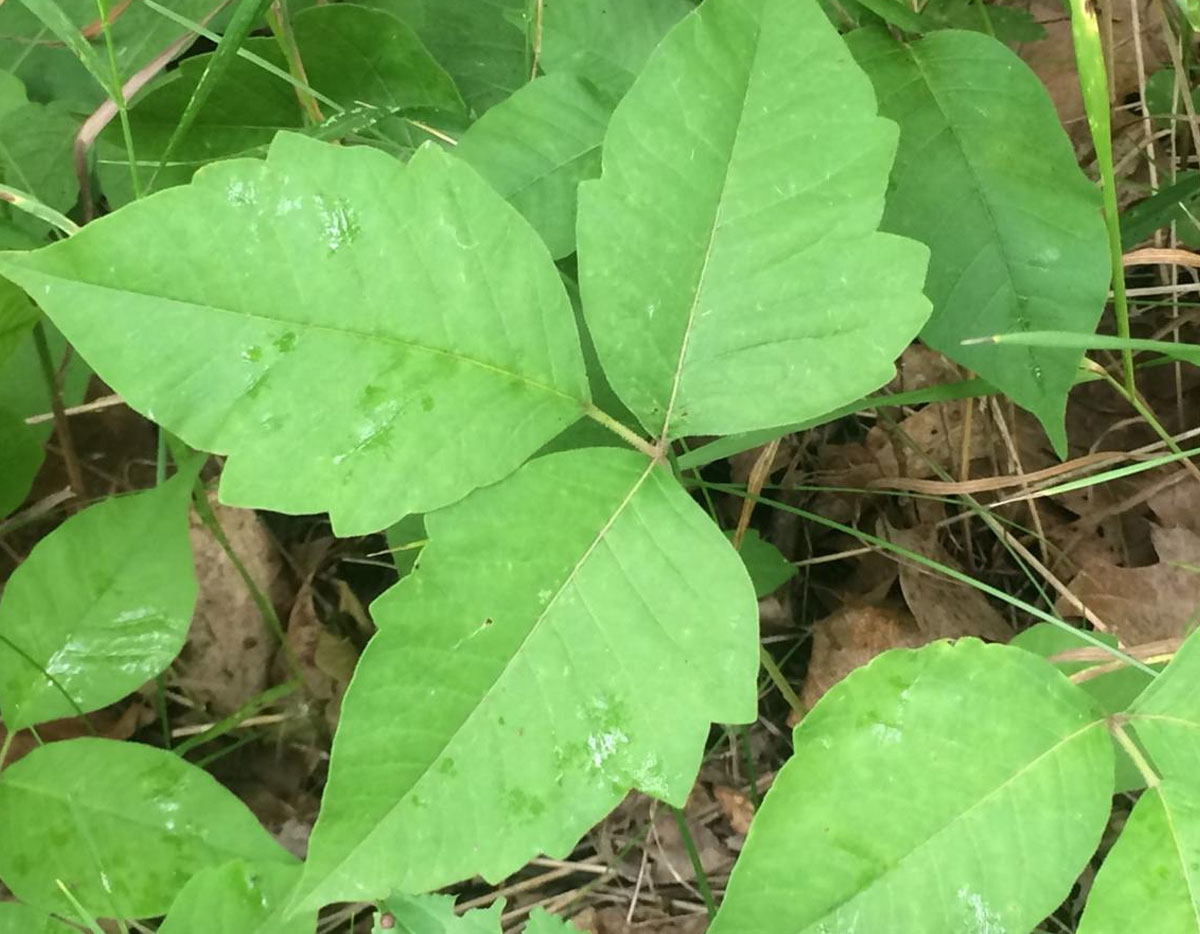

#WHAT DOES POISON IVY LOOK LIKE ON SKIN SKIN#
In most cases, you can safely treat your skin rash at home.

When Should I See a Doctor for Poison Ivy Rash? If you want to avoid this unpleasant experience, you have to be sure to know what does poison ivy look like. These reactions may develop even after several hours and may last for 2-3 weeks. The severity of your rashes depends on how much urushiol gets to your skin. Touching the contaminated part with your fingers also makes the rashes spread to other parts of your body. However, if your pet’s fur or a piece of clothing that contain urushiol touches you, the rash may spread out. This is because the plant usually brushes on your skin in this manner. The rash usually looks like a straight line. You may also develop difficulty breathing, especially if you have inhaled smoke from a burning plant. Poison ivy rashes cause symptoms like redness of the skin, severe itching, blisters and inflammation. What Are the Symptoms of a Poison Ivy Rash? Very few people never develop the characteristic allergic reaction to poison ivy’s urushiol. You may not develop the rash on the first contact, but with repeated exposures, your sensitivity increases and this ultimately leads to the development of a painful, itchy rash. You can develop sensitivity to the resin once you first come in contact with it. Burning the plant can lead to airborne contact if particles of urushiol land on your skin, or if they are inhaled. However, you can also get the itchy rash through contaminated pet's fur, clothing, garden tools, or other things that had contact with the plant. Unfortunately, this substance may remain active even after you destroy the plant.Ĭontact dermatitis develops as a skin rash triggered by direct contact with the plant. Poison ivy can cause a skin rash that develops as an allergic reaction to urushiol,an oily substance found in the plant’s leaves, stems and roots. They thrive even in urban areas, so you may find them in your own backyard or parks. They grow in the open fields, woody areas, along riverbanks, and by the roadside. Poison ivy is found throughout North America, although typically not in Alaska, Hawaii or desert environments. They blend in easily with other plants, so you need to be extra careful and watch out for them when hiking into the woods.

They can also grow as a climbing vine on trees and fences. Poison ivy plants typically grow as a trailing vines or shrubs. It may have green or yellow flowers, with white to yellow-green berries, which depend on the time of year. It has shiny and smooth leaves, the color and shape of which may vary from red to light or dark green, according to its different species, the season, as well as local environment. Poison ivy is a green leafy plant that typically has clusters of leaflets that appear in groups of 3. What Does Poison Ivy Look Like and Where It Usually Grows?
#WHAT DOES POISON IVY LOOK LIKE ON SKIN HOW TO#
What does poison ivy look like? Here is some information about poison ivy and how to deal with the skin rashes caused by it. This common plant can cause itching and excruciating pain upon contact, but you will not be able to avoid it if you are not familiar with the plant. When someone suddenly experiences severe itching and pain on their arms, hands legs or feet while they are gardening or hiking outdoors, the first thing you might think of is poison ivy.


 0 kommentar(er)
0 kommentar(er)
